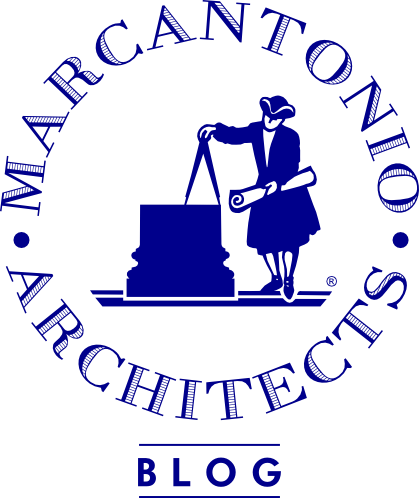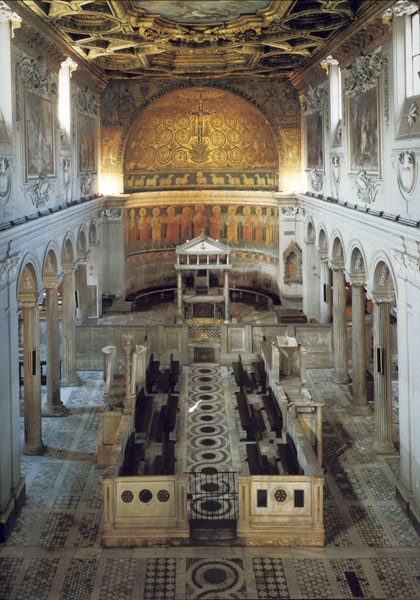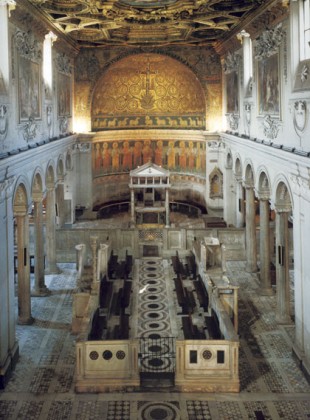I recently had the privilege of attending the annual Society for Catholic Liturgyconference, this year in Greenville, South Carolina. And there I was able to catch up with old friends, meet new people (who quickly became like old friends), and learn a great deal. Among those old friends was Dr. Michael Foley, patristics scholar, author, and a fine example of a man who makes the yoke seem easy and the burden light. If you ever have a chance to see him speak, don’t miss it.
In the course of his fascinating talk about male subjection and the instituted ministries in the liturgy, he called our attention to St. Germanus of Constantinople’s treatise Ecclesiastical History and Mystical Contemplation in which St. Germanus describes the symbolism of the various parts of the church building in the Byzantine tradition. It’s an amazing document, and I plan to feature the most salient parts of it in this blog. In this first installment I’d like to discuss briefly what was for me a particularly enlightening passage. Section 6 reads as follows:
The altar corresponds to the holy tomb of Christ. On it Christ brought Himself as a sacrifice to [His] God and Father through the offering of His body as a sacrificial lamb, and as highpriest and Son of Man, offering and being offered as a mystical bloodless sacrifice, and appointing for the faithful reasonable worship, through which we have become sharers in eternal and immortal life. This lamb Moses prefigured in Egypt “towards evening” when its blood turned back the destroyer so that he would not kill the people (cf Ex 12:7-13). The expression “towards evening” signifies that towards evening the true lamb is sacrificed, the One who takes away the sin of the world on his cross, “For Christ, our Pascha, has been sacrificed for us” (cf I Cor 5:7).
Now, have you ever wondered why the altar is located in the west of the oldest churches in Christendom? In your average traditional church, the sanctuary apse and altar are located at the eastern end so as to accommodate ad orientemworship, that is, worship toward the east with the priest in the lead position. From the beginning, the rising sun has symbolized Christ’s Resurrection, and the east the place from which He would come again. However, in much older churches such as St. Peter’s Basilica, St. John Lateran, San Clemente, Santa Maria Maggiore, the sanctuary and altar are located toward the west.
In antiquity, during the Canon, the doors at the eastern end of the church would be opened, the faithful would turn around putting the altar behind themselves, and they would all face east. Seems a little odd to us today. I have long understood this ancient arrangement to be an extension of the barque metaphor. The church building is like a boat (in fact, the term nave derives from the Latin naviswhich means boat), and in antiquity, the captain’s place was at the back by the rudder. However, this passage from St. Germanus sheds a whole new light on the question, doesn’t it! The altar’s placement in the west hearkens to the Old Testament Passover lamb. Brilliant and beautiful.
Here’s a view of San Clemente church in Rome, nave in the foreground, then the schola cantorum, and finally the sanctuary and altar in the west, where the sun sets towards evening and the true lamb is sacrificed.
Tags: architecture, church


